Yesterday, we discussed "Seeing," a chapter from Annie Dillard's Pilgrim at Tinker Creek. The main premise is that it requires patience and attention to discover those wonders around us. (It sounds banal put this way. She writes it much better than this.) Here's Dillard describing an evening one August when she stayed out in the woods "too late":
But shadows spread, and deepened, and stayed. After thousands of years we're still strangers to darkness, fearful aliens in an enemy camp with our arms crossed over our chests. I stirred. A land turtle on the bank, startled, hissed the air from its lungs and withdrew into its shell. An uneasy pink here, an unfathomable blue there, gave great suggestion of lurking beings. Things were going on. I couldn't see whether that sere rustle I heard was a distant rattlesnake, slit-eyed, or a nearby sparrow kicking in the dry flood debris slung at the foot of a willow. Tremendous action roiled the water everywhere I looked, big action, inexplicable. A tremor welled up beside a gaping muskrat burrow in the bank and I caught my breath, but no muskrat appeared. The ripples continued to fan upstream with a steady, powerful thrust. Night was knitting over my face an eyeless mask, and I still sat transfixed.Later, she writes, "Darkness appalls and light dazzles; the scrap of visible light that doesn't hurt my eyes hurts my brain. What I see sets me swaying. Size and distance and the sudden swelling of meanings confuse me, bowl me over." This "bowling over" is caused not just by being open to what's around us, when we're in the 'natural' world, but what's our normal state: Artificial light, and lots of it, something our biology is not entirely equipped to engage:
“The eye adapts to the brightest thing in sight,” he said. “When you have glare, the eye adapts to the glare, but then you can’t see anything darker.” The human retina contains two kinds of photoreceptors—cones, which react quickly to fine details and colors, and rods, which, though slower and bad at colors, are far more numerous and many times more sensitive to light. It’s mainly the rods that enable us to see at night, and they are so sensitive that they can take up to an hour to recover their full function after exposure to a light source no brighter than a desk lamp. Deer, which have an even higher proportion of rods to cones, have excellent nighttime vision but appear extremely vulnerable to temporary blinding by bright light—perhaps a reason that they have difficulty in getting out of the way of cars on dark roads. People may experience a similar phenomenon driving away from a highly illuminated outdoor area, such as a gas station with an intensely bright canopy.That passage comes from an article by David Owen called "The Dark Side: Making War on Light Pollution." The whole thing is worth reading, but the main point has thrummed in me lo these six years since it was first published:
To see skies truly comparable to those which Galileo knew, you would have to travel to such places as the Australian outback and the mountains of Peru. And civilization’s assault on the stars has consequences far beyond its impact on astronomers. Excessive, poorly designed outdoor lighting wastes electricity, imperils human health and safety, disturbs natural habitats, and, increasingly, deprives many of us of a direct relationship with the nighttime sky, which throughout human history has been a powerful source of reflection, inspiration, discovery, and plain old jaw-dropping wonder.






















































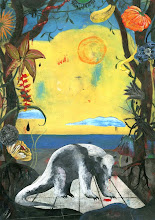













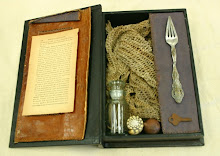
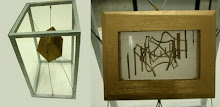


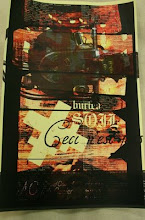
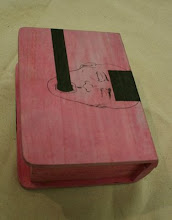
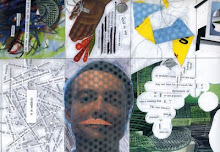
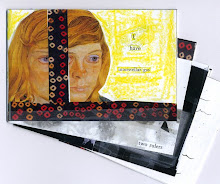
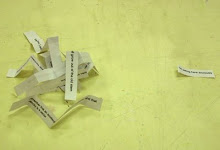
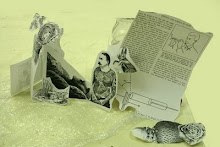

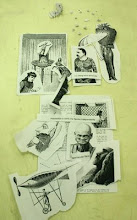
No comments:
Post a Comment